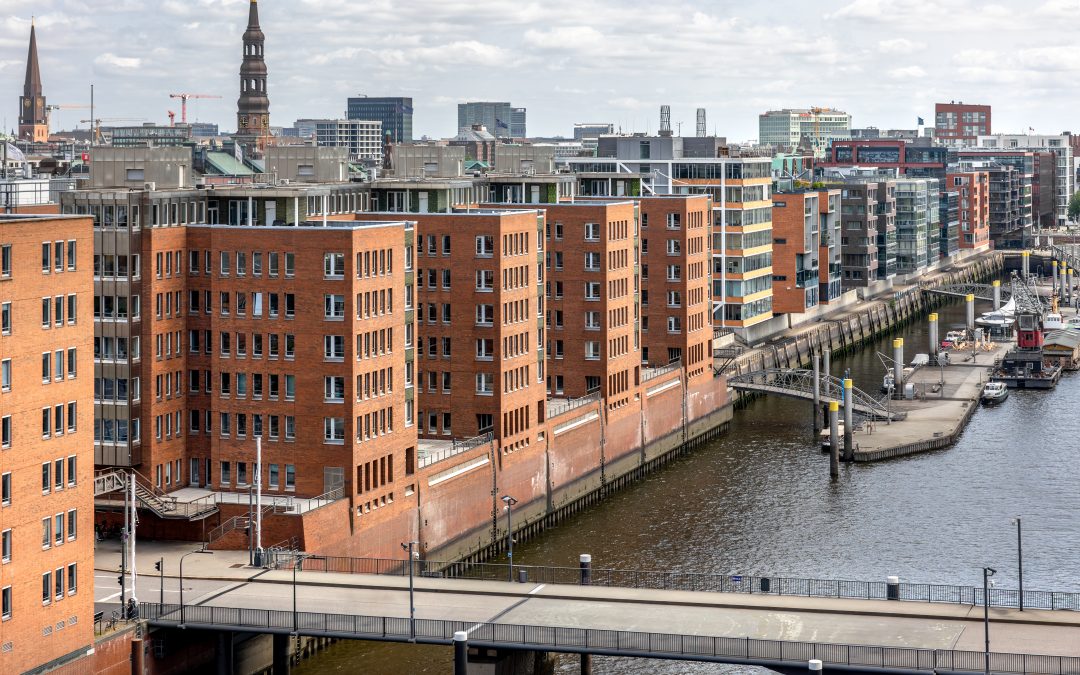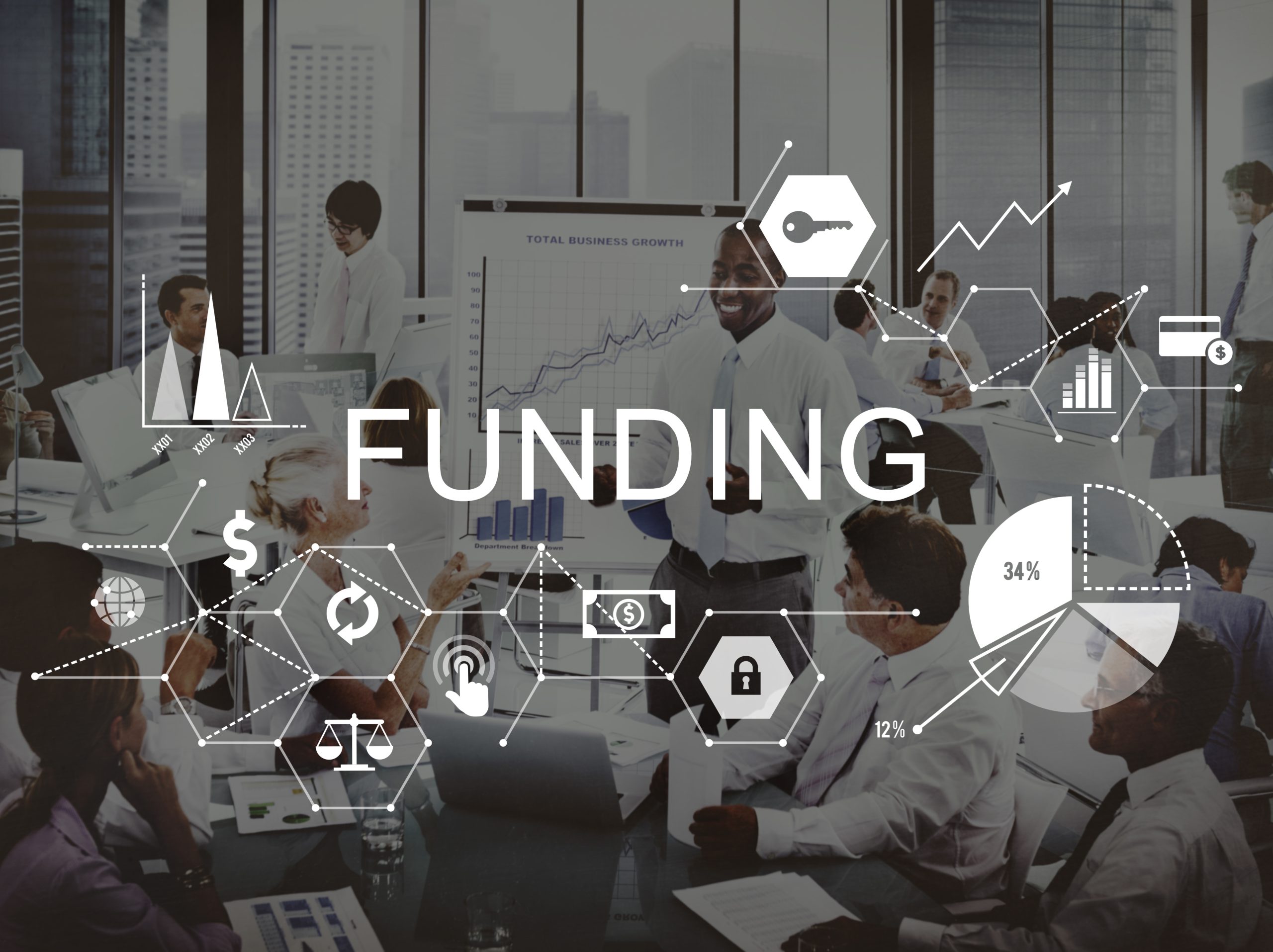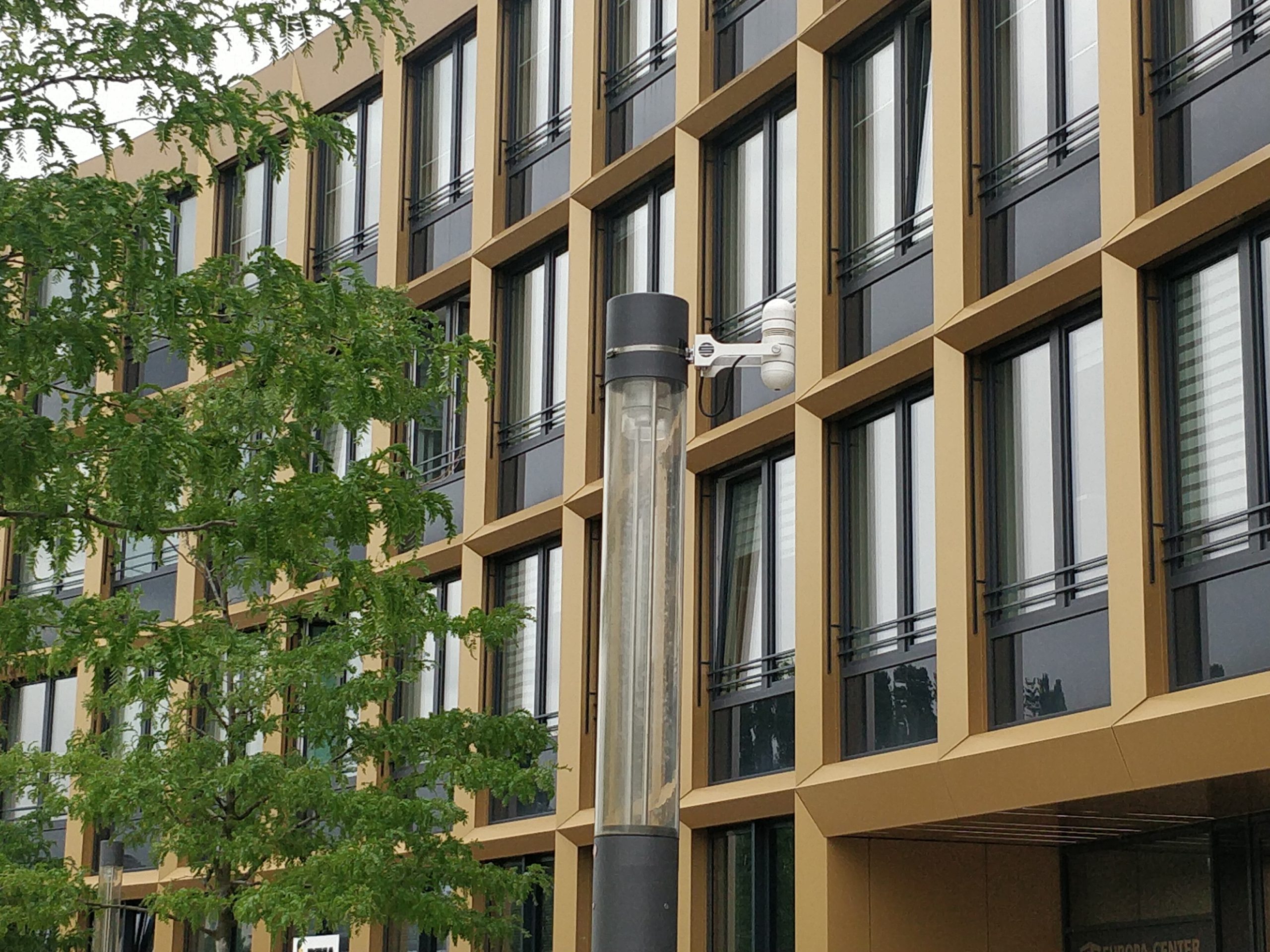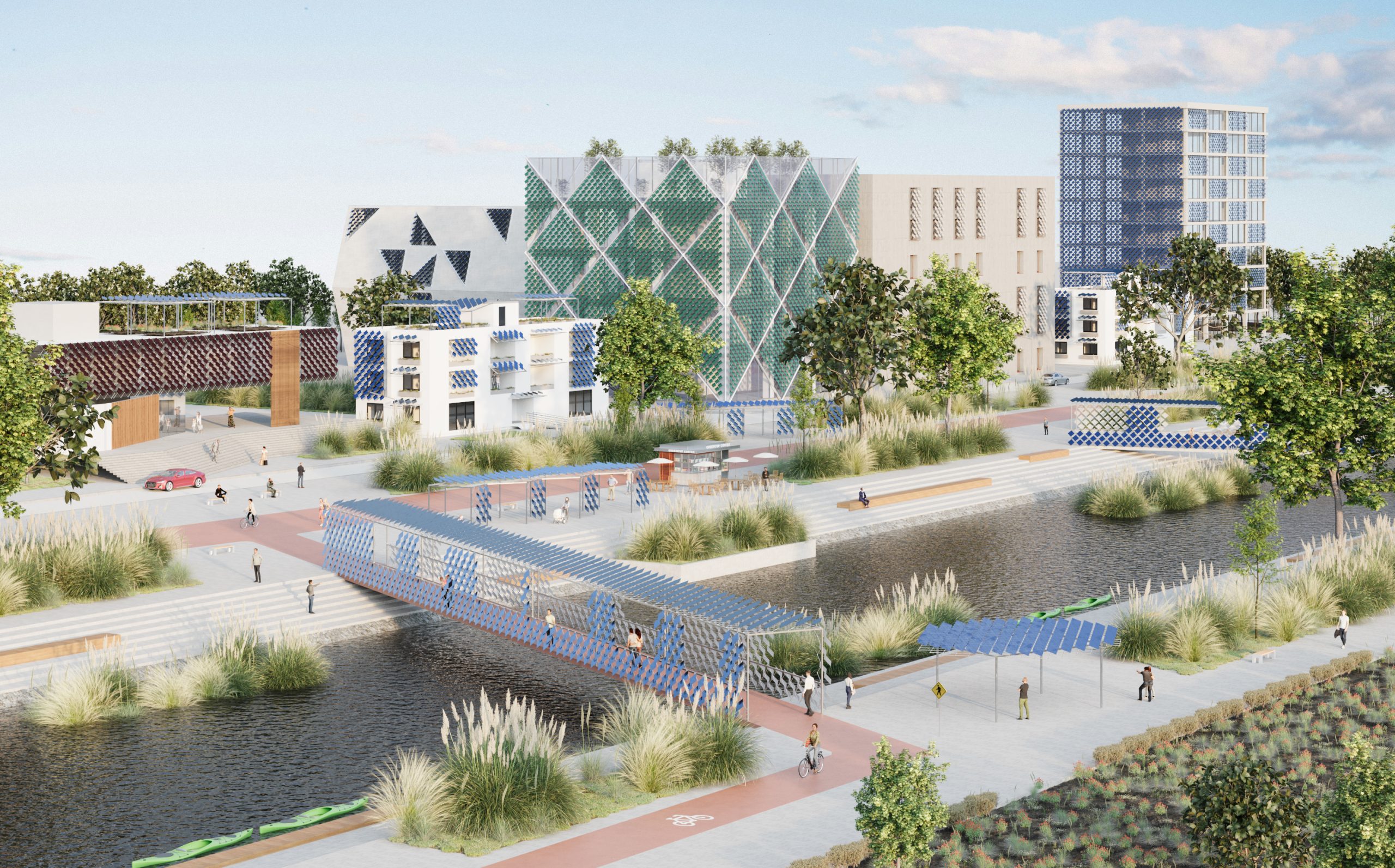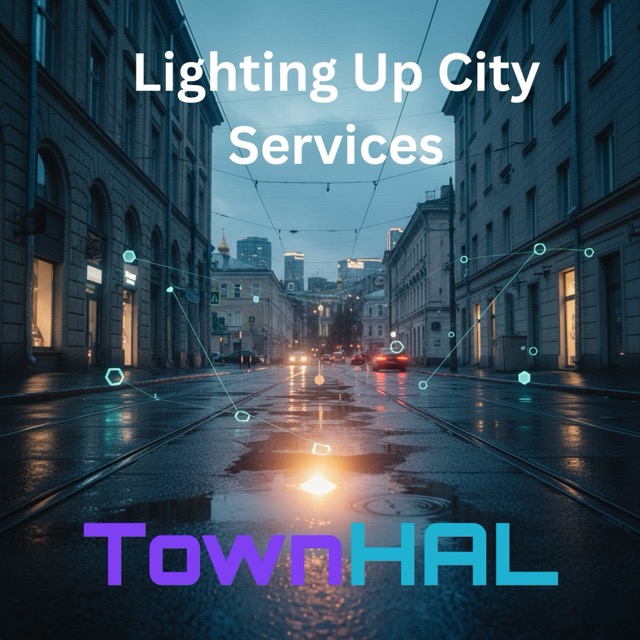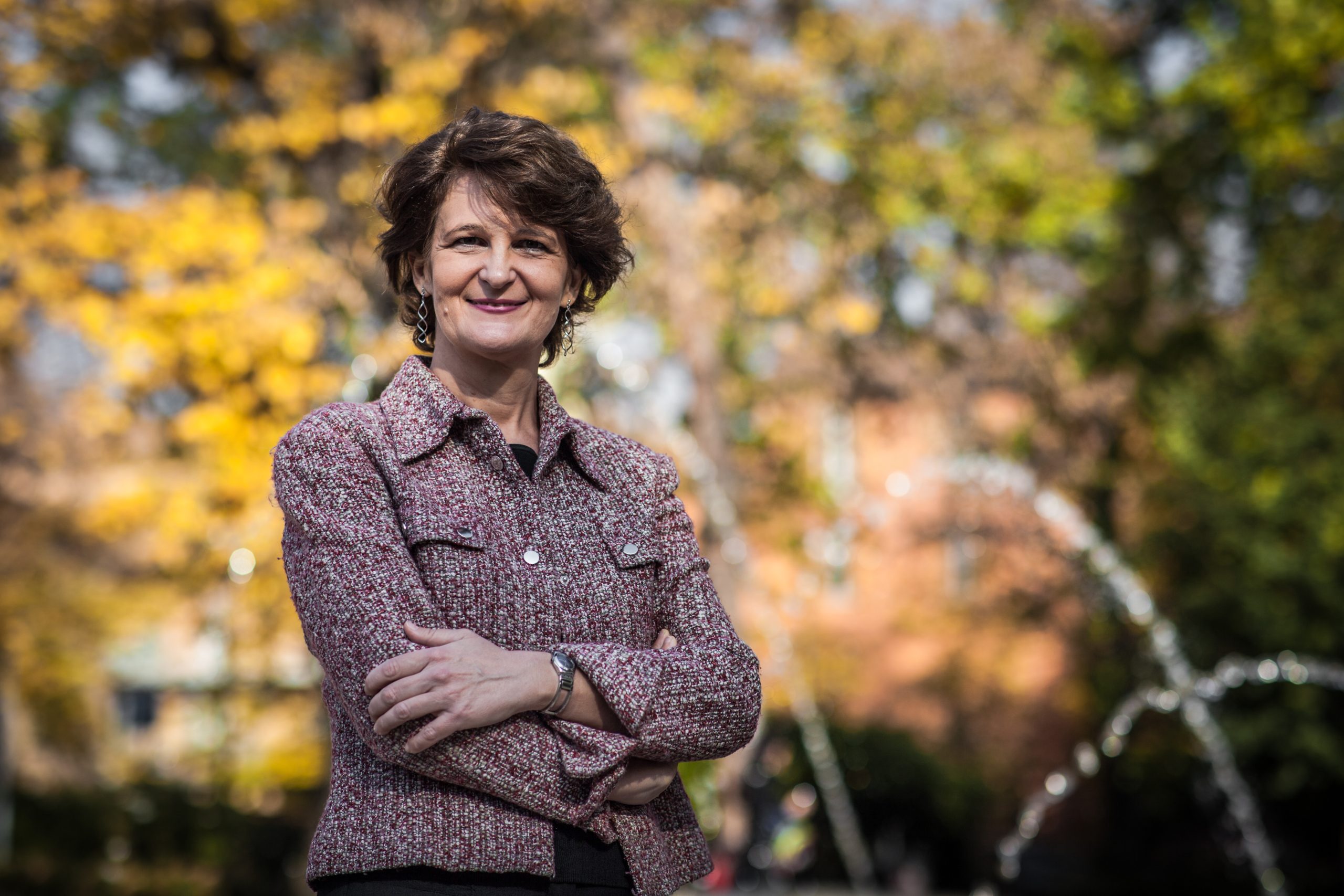Copenhagen: AI Rewriting the Rules of Urban Energy
As cities race to meet climate goals, many still struggle with the same question: how to use existing infrastructure smarter. In Copenhagen, a city already supplying 98 percent of its buildings through district heating, the answer didn’t come from new pipes or boilers, it came from artificial intelligence.
For decades, the Danish capital has been a global benchmark for sustainable urban energy. But reaching its ambitious target of carbon neutrality by 2025 required another leap: optimizing what was already built. The challenge wasn’t producing more heat, it was producing just enough, precisely when and where it’s needed.
From Heat to Intelligence
Traditional heating systems rely on fixed schedules and human judgment, often overshooting during mild weather or under-heating during cold spells. To fix this, Copenhagen’s municipal utility HOFOR partnered with Danfoss to introduce Leanheat®, an AI-driven control system that turns real-time data into energy intelligence.
Thousands of sensors now monitor temperatures, humidity, and energy flows across public and residential buildings. The system learns how each building responds to outdoor conditions and predicts heating needs up to 24 hours ahead, automatically adjusting supply temperatures and flow rates.
The result: buildings that heat themselves just enough — no more, no less — and a district network that runs flatter, cleaner, and cheaper.
Pilots, Partners, and Public Purpose
The project began as a pilot between HOFOR, Copenhagen City Properties & Procurement, and Danfoss Leanheat, supported by the Nordic Smart City Network and co-funded through national climate-innovation grants. Early tests were conducted in municipal schools and multi-family housing, followed by gradual expansion to dozens of additional sites.
A wide alliance made the initiative possible:
-
HOFOR, managing the heating network and data integration
-
Danfoss, providing algorithms and control systems
-
City of Copenhagen, ensuring policy alignment and citizen transparency
-
Technical University of Denmark (DTU), validating energy simulations
-
Funding blended municipal budgets with EU LIFE-compatible innovation programmes and support from Nordic Energy Research
The model’s strength lies in that partnership logic: utility expertise, private-sector technology, and public governance working in sync.
The Results
The outcomes were immediate and measurable. Across participating buildings, energy use dropped by 15–25 percent, while peak loads fell by up to 30 percent. The city estimates CO₂ savings of around 10,000 tonnes per year, with potential for far more if deployed city-wide.
Beyond emissions, the project saved millions of euros in avoided infrastructure upgrades, because reducing demand peaks meant no need for new heat production capacity. For residents, comfort improved noticeably: more stable indoor temperatures and fewer complaints.
These efficiency gains are now visible on HOFOR’s City Energy Dashboard, an open-data platform that helps planners, researchers, and citizens understand where and how energy is being used and saved.
Governance and Ethics
Copenhagen’s approach shows that digitalisation and democracy can reinforce each other. The system operates under strict AI-ethics and transparency rules:
-
All building data is anonymised and aggregated before use.
-
Algorithms are auditable and their logic can be inspected by city engineers.
-
Residents and building managers can view consumption data through an open-access portal.
This governance model already aligns with the EU AI Act requirements for high-risk systems, making Copenhagen an early example of compliant, citizen-centric AI deployment.
Lessons for Other Cities
Copenhagen’s journey offers a replicable blueprint for any mid-sized city with district energy:
-
Start small, scale fast. Begin with a few pilot buildings to validate the model and then expand using proven data patterns.
-
Work through utilities. AI performs best when embedded in existing municipal networks, not siloed as separate “smart-city” projects.
-
Leverage legacy systems. AI can extend the life and efficiency of current infrastructure instead of replacing it.
-
Keep humans in the loop. City engineers review AI recommendations daily, ensuring accountability and trust.
The real innovation is not just in technology, it’s in how cities use information to act intelligently.
Looking Ahead
With success proven at home, HOFOR and Danfoss are preparing to scale the model across the Øresund region, linking Denmark and southern Sweden into an AI-optimised heating ecosystem. Future iterations may apply the same predictive logic to district cooling networks and EV-charging infrastructure, creating a fully adaptive energy grid that anticipates demand instead of merely reacting to it.
For Copenhagen, this is not about digital novelty — it’s about operational intelligence. AI is helping the city live up to its own values: efficiency, equality, and environmental stewardship.
And in a Europe where every kilowatt and every degree matter, that intelligence might just be the smartest form of sustainability yet.

